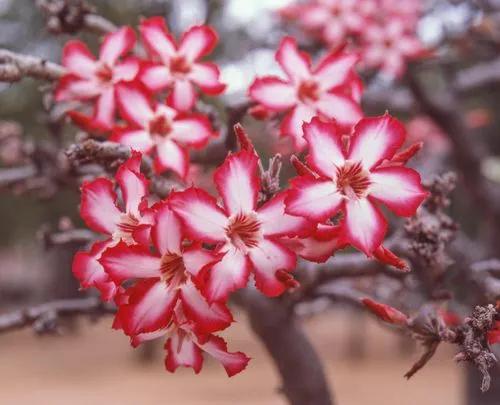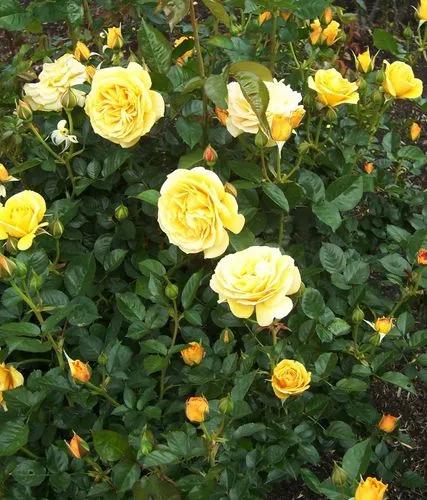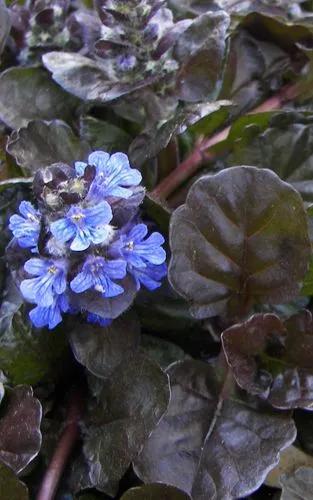Agastache is a genus of aromatic flowering herbaceous perennial plants in the family Lamiaceae. It contains 22 species, mainly native to North America, one species native to eastern Asia.
Giant hyssops Care
Agastache



Agastache is in the Hyssop family of herbs and makes a flavorful tea. It is a striking plant that has many varieties, some of which are hardy and others that are frost tender and grown as annuals in most cooler climates. Growing Agastache requires sun and well drained soil. The leaves resemble catmint and are a dull green with heavy veining. The plants can grow 2 to 6 feet tall and produce the showy Agastache flowers until the first frost. Agastache flowers come in a variety of colors and rise up off of stiff triangular stems. The blooms have the appearance of being coated with fuzz because they are comprised of many tiny florets. The entire flower may be 3 to 4 inches long and begin to bloom from the top down. This means that the florets at the crown of the flower die out first, leaving tips that look slightly burnt. This just adds more interest to the Agastache plant.
How to Care for the Plant

Water

Careful watering is essential in getting perennials off to a good start. Water thoroughly at least once a week to help new roots grow down deeply. Soil should be damp at about 1 inch below the soil surface. You can check this by sticking your finger in the soil. Water early in the morning to give all leaves enough time to dry.

Fertilizer

The addition of organic matter (leaf mold, compost, well-rotted manure) benefits all gardens. After new growth appears, a light fertilizer also may be applied. Keep granular fertilizers away from the plant crown and foliage to avoid burn injury. Use low rates of a slow release fertilizer, as higher rates may encourage root rots.

Sunlight

Select a location in full sun.

Soil

Plant in a good rich moist organic soil. Agastache requires a well-drained soil. Mulches also help retain soil moisture and maintain even soil temperatures. For perennials, an organic mulch of aged bark or shredded leaves lends a natural look to the bed and will improve the soil as it breaks down in time.

Temperature

These plants can be grown in the areas with the lowest winter temperatures down to −34.4°C (−30°F). They can survive freezing temperatures if heavily mulched.

Popularity

27 people already have this plant 6 people have added this plant to their wishlists
Discover more plants with the list below
Popular articles






